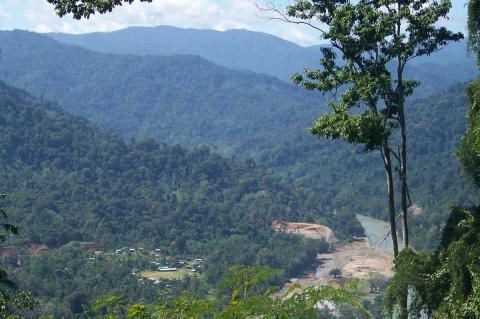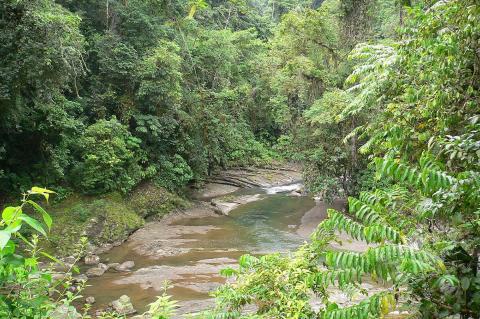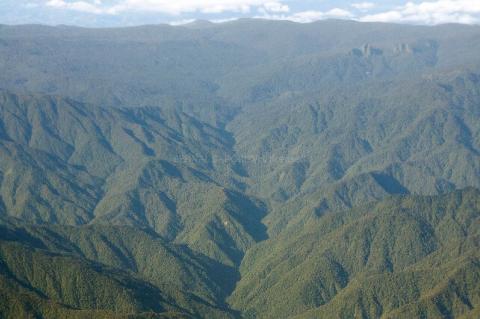Costa Rica: Cultural Landscape
Costa Rica, located in Central America, boasts a rich and diverse cultural landscape shaped by its history, natural beauty, and ethnic diversity. It combines historical influences, vibrant traditions, environmental stewardship, and a love for life, making it a unique and fascinating destination.

















